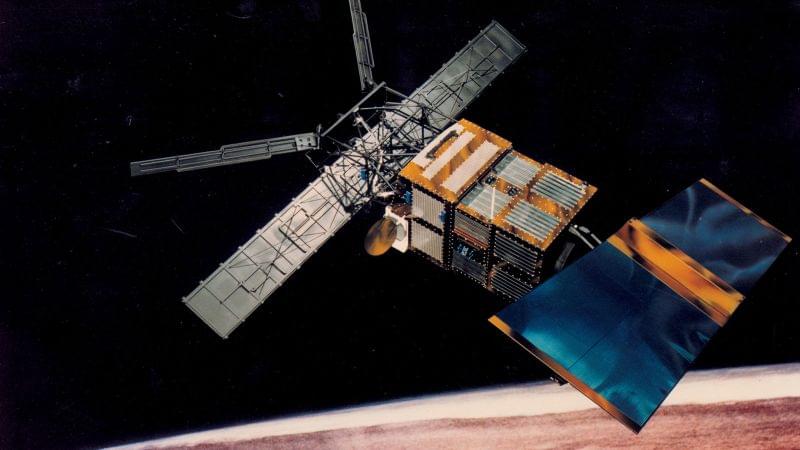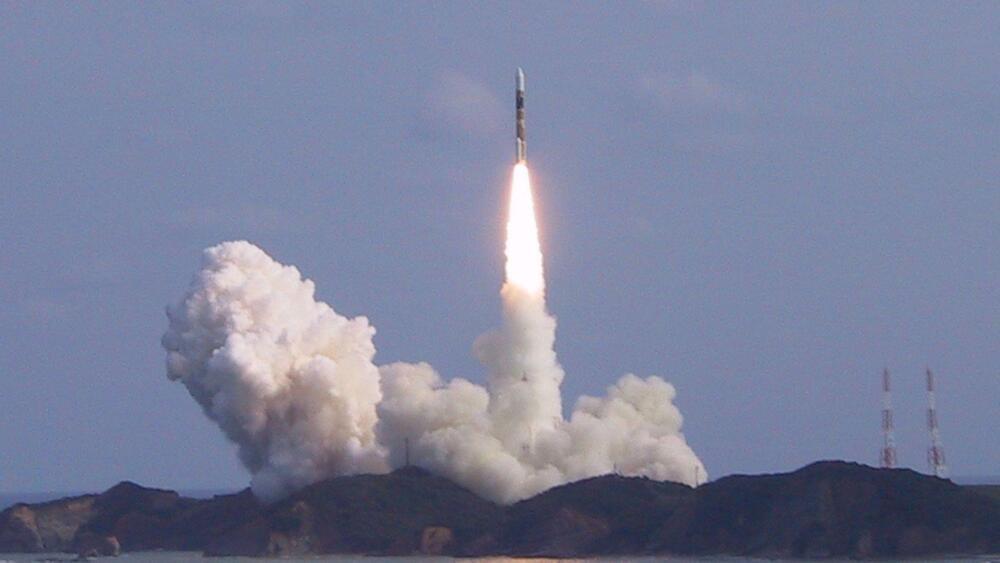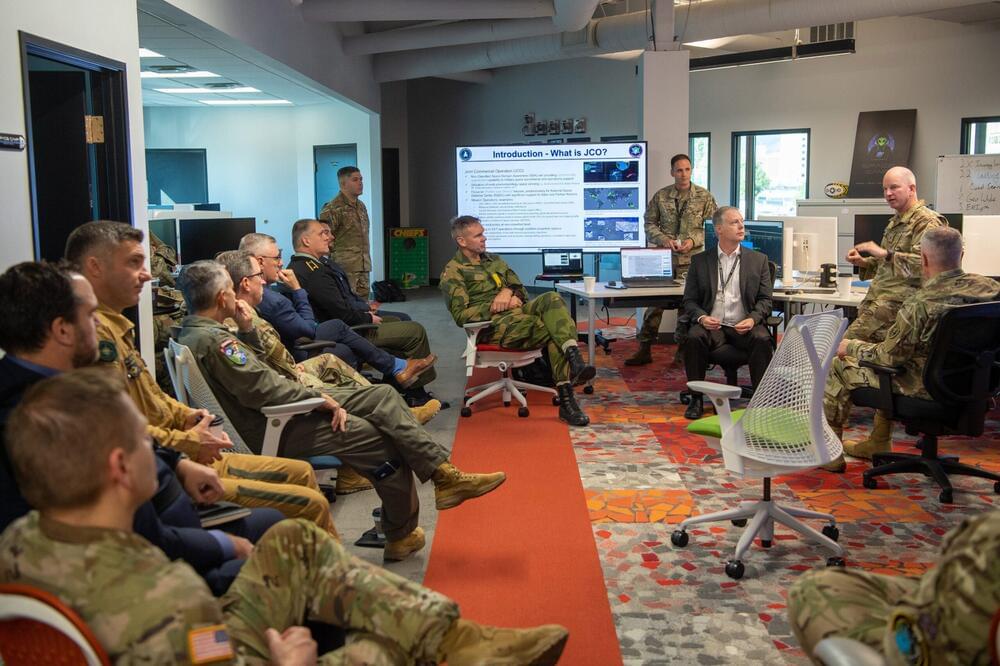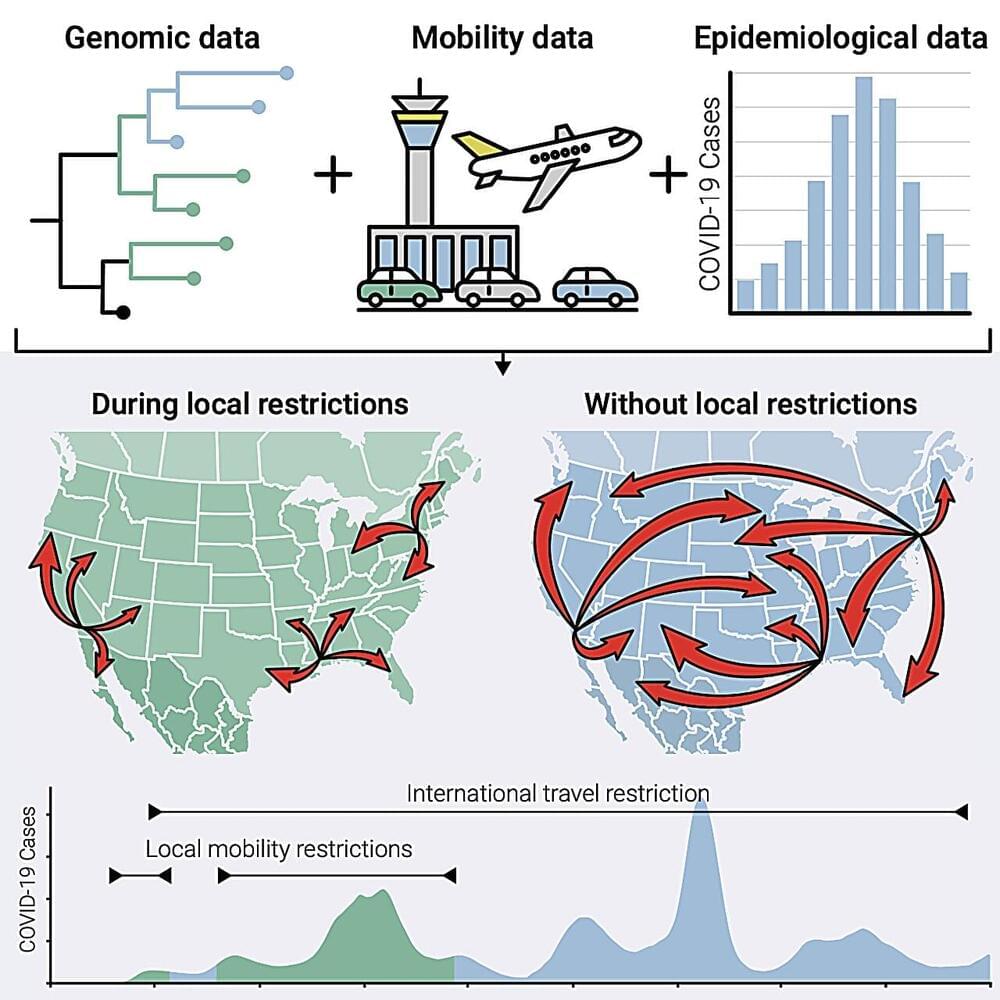
CNS News– A dispute over a McDonald’s food order in Atlanta, Georgia, escalated to a tragic conclusion when Tamanika Woods, a mother of four, was fatally shot. The incident, which took place two days after Christmas, involved 19-year-old T’Niya Evans, who has since been charged with murder and aggravated assault.
This altercation represents a stark example of how quickly conflicts can escalate to violence. According to reports, the argument began over missing food items from an order placed by Evans and her sister. Woods, who was defending a McDonald’s employee and friend, became inadvertently involved.
The dispute tragically ended when Evans allegedly pulled out a gun and shot Woods at point-blank range inside the restaurant. The event was captured on surveillance video, showing Evans confronting and shooting Woods. In a swift response, another patron apprehended Evans, preventing her escape until police arrived.

















